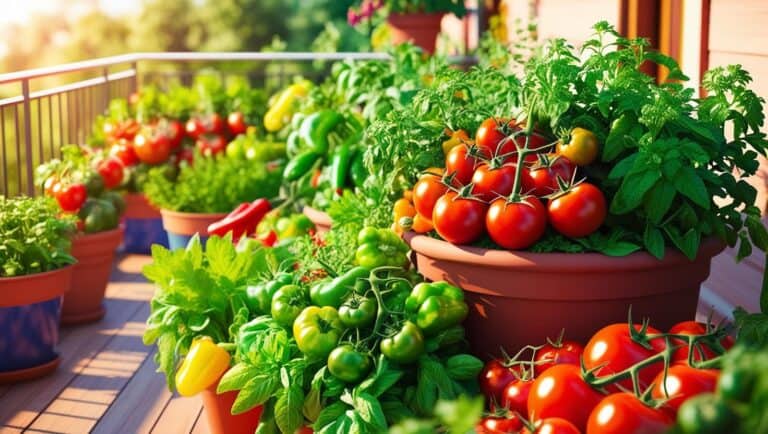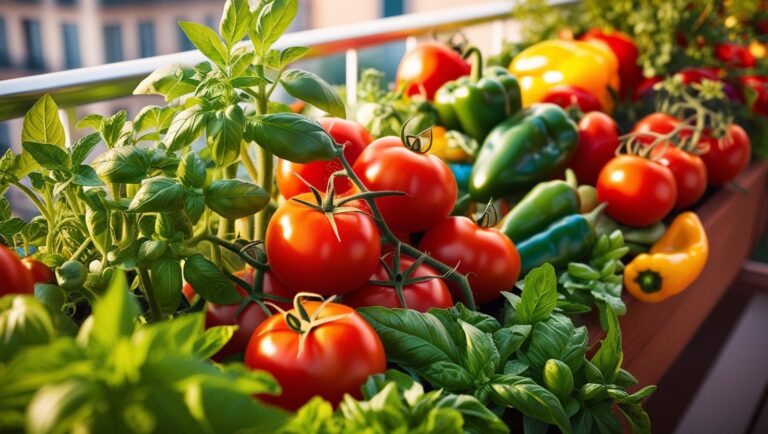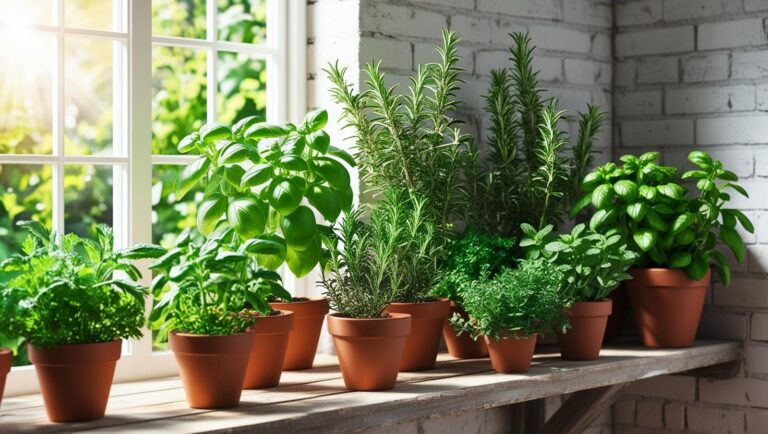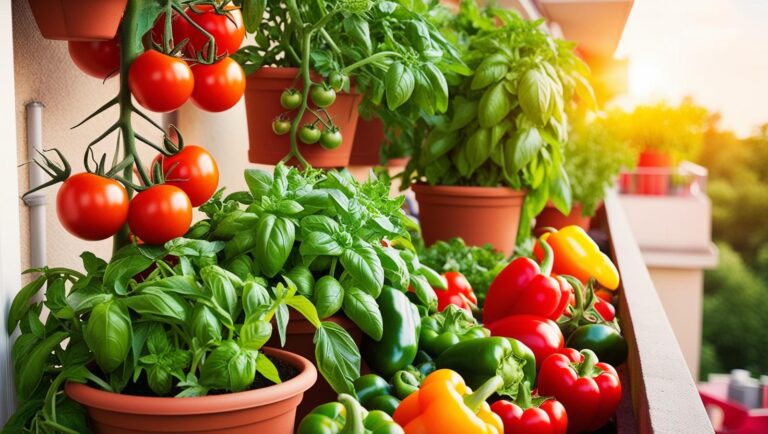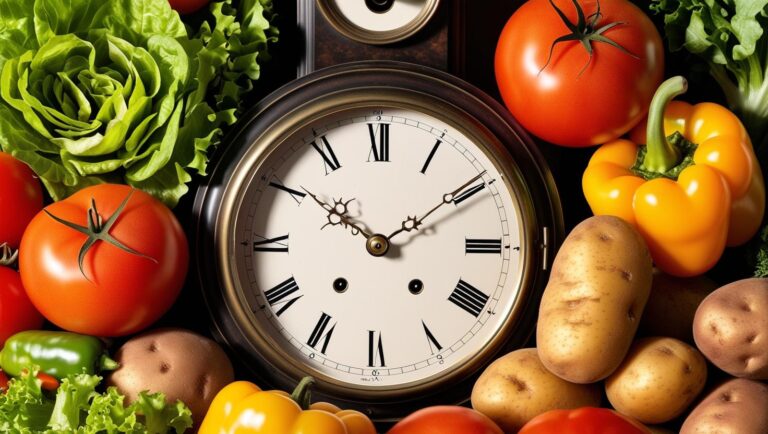Meta Description: Discover how to start your own micro homestead in 2025 with our comprehensive beginner’s guide. Learn essential tips for small-scale farming, self-sufficiency, and sustainable living.
Have you ever dreamed of growing your own food and living a more self-sufficient lifestyle but thought you needed acres of land to do it?
Think again!
Welcome to the world of micro homesteading, where big dreams thrive in small spaces. In 2023, a staggering 35% of Americans grew their own food – imagine joining that movement right in your backyard!
I live in a small rural town on a ½ acre, and this is my goal. I want to work towards micro homesteading for two reasons- saving money and healthier living for my family. (Homesteading practices bring many benefits, but these are the ones that mean the most to me.)
Whether you’re working with a tiny urban plot or a suburban yard, this guide will show you how you can transform your space into a thriving micro homestead.
Ready to roll up your sleeves and get your hands dirty with me? Let’s dig in!
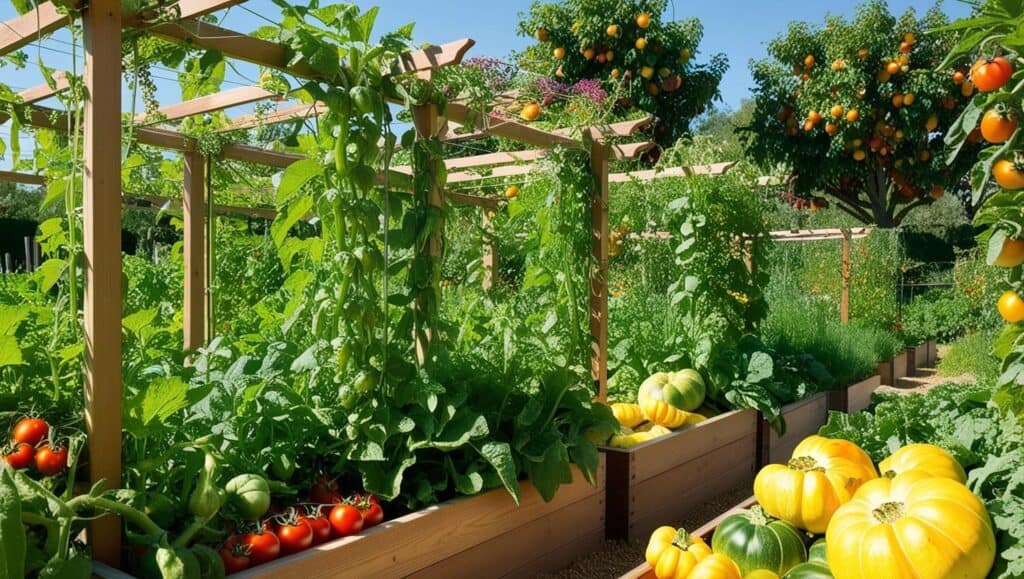
What is a Micro Homestead?
We all pretty much know what homesteading is…basically small-scale farming. When you add “micro” to the word, it becomes a smaller scale of a small-scale farm.
Most traditional homesteads consist of multiple acres, a healthy herd of farm animals, and extensive gardens with rows and rows of beautiful vegetables. (Sigh…if only!)
Realistically, people like you and me who lack acreage but still desire the homestead life can only aim for something less grand. (But that doesn’t mean we can’t call ourselves homesteaders!)
We may only be able to handle a few rabbits instead of a herd of cattle. Instead of building a greenhouse, we might have to settle for cold boxes. Instead of a sea of greens as far as the eye can see, we may need to settle for edible landscaping.
Micro homesteading is doing what you can with what you have where you are. It requires innovation, a little extra time and effort, and a healthy dose of grit and determination.
I’m sure we’ll face plenty of challenges along the way and quite the learning curve, but we’ll gain sustainability, food security, connection with nature, and some bragging rights!
Still not convinced? Check out this list of 13 life-changing benefits of Homesteading.
Assessing Your Space and Resources
The first step to micro homesteading is figuring out what you have to work with.
How much land do you have, and what kind is it? I’m talking about size and layout, flat or hilly, forested or cleared.
Do you know your soil type? The best is loamy soil, but you may have sandy soil or a layer of clay. Is your land full of rocks and boulders in the way?
What about your climate? Your growing season? You can find yours on the USDA Plant Hardiness Zone Map. Your area’s plant hardiness zone will determine the types of crops you can grow and your seasonal planting parameters. Knowing your zone is crucial to gardening success.
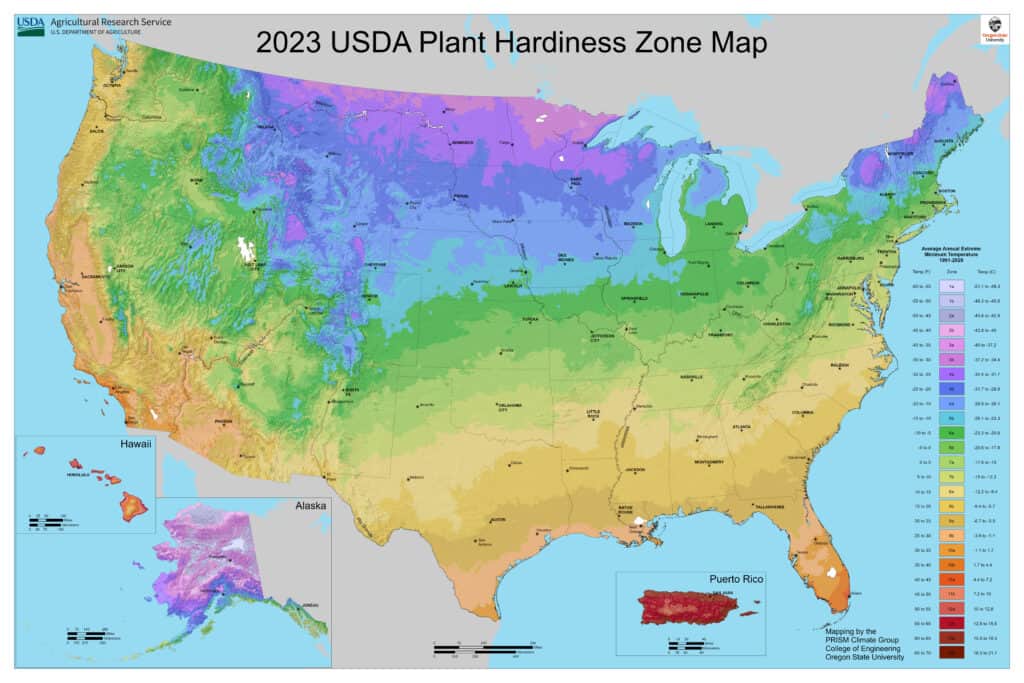
Alright, forget about your physical resources. What about the resource of YOU? Homesteading, micro or not, requires time and energy, two of the most precious commodities.
You need to be realistic about what you can handle. Full disclosure: I’m horrible at this.
When I start a project or lifestyle change, I go all in. I get overwhelmed, feel like a failure, and quit. Don’t be like me.
Start small. Focus on one project and see how you do. When and if you’re confident you can handle more, take on another project. Build each project onto the next until you look around and, hey, you’re actually doing it!
Another aspect of resources is money. While some micro homesteading projects are entirely free, some require a little investment, and some may still cost a pretty penny. But they will all be worth it in the end.
I only bring this up because, regardless of your good intentions, you don’t want to cause yourself or your family any extra financial hardship by going overboard with homesteading materials.
Trust me, there are many products on the market geared toward us, and they can be tempting, but I recommend starting with free or cheap projects first so you can reap these benefits before investing money into your homesteading dreams.
Of course, every micro homesteader can’t begin without these 17 essential tools.
Planning Your Micro Homestead Layout
Planning a micro homestead layout is about making the most of limited space by carefully designing each element to serve multiple functions.
With a strategic approach, even a tiny yard or urban lot can produce a surprising amount of food and resources.
Start by mapping out your space to visualize how each area could be used most effectively. Identify sunny spots for gardens, shaded areas for animals, and accessible areas for composting and rainwater harvesting.
Efficient space usage is at the heart of a successful micro homestead. Since square footage is often limited, arranging elements to support each other and reduce wasted space is essential.
For instance, placing a compost pile near your vegetable garden means less hauling of organic matter. Grouping plants with similar water needs and positioning structures like trellises and raised beds along borders can free up central space for other projects. By thoughtfully organizing each area, you can boost productivity without overcrowding, making upkeep easier in the long run.
On a micro homestead, every element should be interconnected to create a balanced, productive ecosystem. Like my grandfather always said, “Work smarter, not harder.”
Using the same concept, placing a small chicken coop near a vegetable garden allows you to recycle chicken manure as fertilizer. Planting herbs near the house makes them easy to harvest and provides natural pest deterrents for nearby vegetable beds.
Sometimes, the only way to expand is up. Vertical gardening and container setups make it possible to grow a wide variety of plants in a fraction of the space.
Trellises, wall-mounted planters, and even shelves can hold climbing plants, herbs, and small vegetables, freeing up ground space for larger crops. Using height creatively can double or even triple your planting space.
Containers also add flexibility, allowing you to rearrange plants as needed to optimize sun exposure or create a visually pleasing layout.
Think of how easy it would be to roll a plant into a protective area, maybe your shed or garage, when frost is expected.
Aim to design areas that serve multiple purposes for a truly efficient micro homestead.
A patio can double as a workspace for planting seeds and drying herbs, and a garden bed can incorporate flowers that attract pollinators and provide aesthetic value.
Multi-functional areas allow you to adapt to seasonal needs or growing conditions and help maximize the use of limited land. Additionally, combining functions makes the homestead easier to maintain, as related tasks can be completed within the same space, saving time and energy.
Essential Components of a Micro Homestead

A successful micro homestead is built on key components contributing to food production, waste reduction, and resource conservation.
Each component plays a role in creating a self-sustaining ecosystem that can provide fresh produce, improve soil quality, and get us that much closer to living a healthy, sustainable life.
Vegetable and Herb Gardens
Vegetable and herb gardens are the backbone of any micro homestead. A well-planned garden can yield a continuous supply of fresh, nutritious food even with limited space.
Select high-yielding vegetables suited to your climate, and choose herbs that can add flavor to meals and also provide medicinal benefits.
Raised beds and companion planting can increase productivity in a small area, and rotating crops seasonally keeps the soil healthy and fertile.
There is so much to learn about gardening that couldn’t possibly be covered in one little section.
That’s why I dedicated an entire article to this.
Urban Gardening for Beginners: A Comprehensive Guide covers:
- Choosing the right vegetables for your climate and space
- Basic soil preparation and improvement techniques
- Starting seeds vs. buying seedlings
- Innovative ways to fit the most plants in the least space
- Implementing crop rotation and companion planting
Fruit Trees and Berry Bushes
Fruit trees and berry bushes add perennial abundance to the micro homestead. Dwarf fruit tree varieties are ideal for small spaces, and berry bushes can often be tucked into borders or grown in containers.
These plants not only produce fresh fruit but also attract pollinators, improving the productivity of other crops. Incorporating perennial plants like fruit trees creates a more resilient ecosystem with less maintenance than annual crops.
And there’s something incredibly fulfilling about picking a fruit off a tree or bush and taking a delicious, juicy bite out of it.
Small Livestock Options
Small livestock like chickens, rabbits, or quail are well-suited for micro homesteads. They provide eggs, meat, or manure that can enrich the soil.
Chickens, for example, can also help manage pests, while rabbits produce high-quality manure that can go directly into the garden.
Each animal has its benefits and requirements, so consider which options best fit your space, time, and goals. Small livestock adds diversity to the homestead and enhances its productivity without taking up much room.
Again, there’s so much to consider when adding animals to the mix that this small section can’t give you all the info you need.
My article Best Micro Livestock for Small-Space Homesteading will talk about:
- Pros and cons of keeping animals on a micro homestead
- Choosing the right animals for your space and goals
- Basic care and housing requirements
- Local regulations and zoning laws to consider
Composting Systems
Composting is essential for turning kitchen scraps and yard waste into nutrient-rich soil. In a micro homestead, options like worm composting bins, bokashi systems, or small tumbler composters are compact and efficient.
Composting creates a closed-loop system, reducing waste and improving garden soil. Composting not only enriches your garden naturally but also reduces the need for store-bought fertilizers, supporting a more self-sufficient setup.
Rainwater Harvesting
Rainwater harvesting is a practical way to conserve water and reduce reliance on municipal sources. And let’s not forget to mention it will keep your water bill down.
Simple systems like rain barrels connected to downspouts can collect water for use in the garden, especially during dry spells.
Capturing rainwater allows you to irrigate plants without increasing your water bill and helps make the homestead more resilient in times of drought. Proper planning and filtration can ensure you have clean water on hand for essential tasks, even in a compact space.
Implementing Sustainable Practices
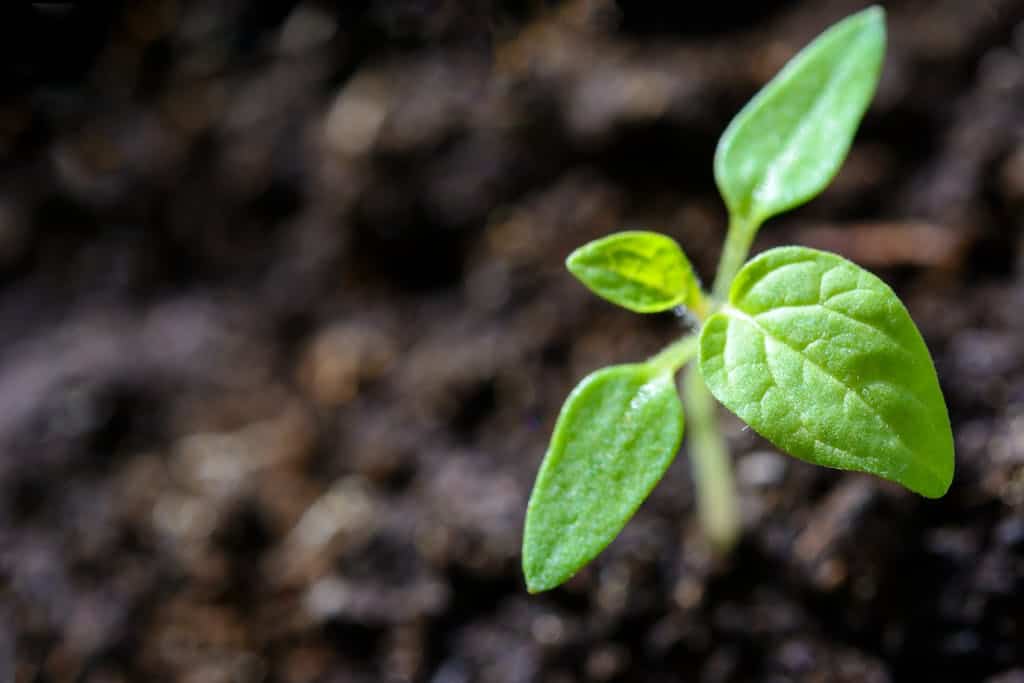
Sustainable practices are at the heart of a thriving micro homestead, helping to conserve resources, minimize waste, and reduce your environmental footprint.
Focusing on eco-friendly methods for composting, pest control, water usage, and energy can help you create a more self-sufficient and resilient homestead that supports both your household and the environment.
Implementing these practices on a small scale not only saves money but also nurtures a balanced ecosystem where plants, animals, and natural processes work together harmoniously.
We’ve already discussed composting and conserving water, so let’s dive into pest control and renewable energy.
Natural Pest Control Techniques
Keeping pests in check is essential to maintaining a healthy garden, but chemical pesticides can harm beneficial insects, soil health, and water quality. Natural pest control techniques provide an effective, eco-friendly alternative.
Companion planting, for instance, pairs plants that repel harmful insects with those that attract beneficial pollinators. Herbs like basil, marigold, and mint deter pests, while flowers like nasturtium attract aphids away from vegetables.
Additionally, physical barriers like netting or row covers can protect plants from insects and birds without chemicals. These methods help maintain a balanced ecosystem where pests are naturally controlled, reducing the risk of crop damage.
Renewable Energy Options for Micro Homesteads
Even on a small property, solar power is often the most feasible option, whether through rooftop solar panels or portable solar chargers for smaller applications.
Solar panels can power essential devices like irrigation timers, lighting, or even small appliances, making your homestead more resilient during power outages.
Small-scale wind turbines are another possibility for those with access to consistent wind. Investing in renewable energy not only contributes to a more self-sufficient lifestyle but also aligns with the environmental goals of micro homesteading.
Preserving and Storing Your Harvest
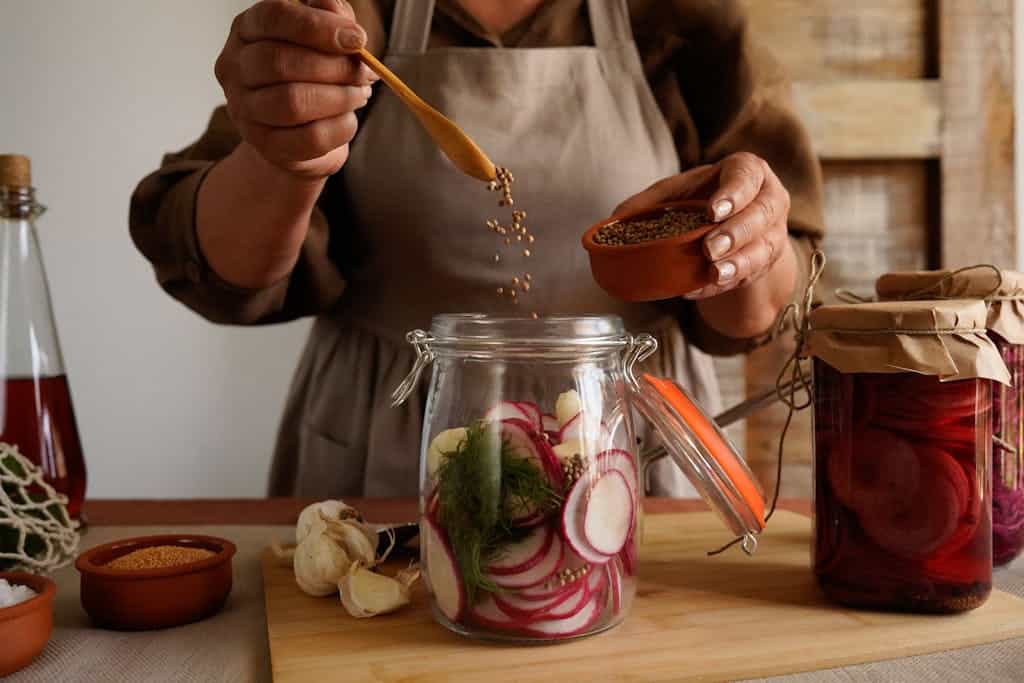
One of the most rewarding aspects of micro homesteading is enjoying your homegrown food all year long.
To make the most of each harvest, it’s essential to use preservation techniques that suit both the type of produce and your available storage space.
By preserving and properly storing your harvest, you can enjoy fresh flavors, save money, and increase food security. Preserving food also helps minimize waste, ensuring that none of your hard work in the garden goes to waste.
Basic Food Preservation Techniques
Canning, freezing, and drying are three fundamental food preservation methods for homesteaders.
Canning, whether done by water bath or pressure canning, is ideal for preserving high-acid foods like tomatoes, pickles, jams, and low-acid vegetables, meats, and broths.
Freezing is a simple option for many types of produce, especially vegetables that can be blanched, frozen, and stored in airtight containers.
Drying is perfect for herbs, fruits, and some vegetables and can be done with a dehydrator or even in the sun for specific crops.
Each technique extends the shelf life of your harvest, allowing you to enjoy it long after the growing season ends.
Root Cellaring and Other Storage Methods
For those with root vegetables or certain types of squash, root cellaring is a traditional storage method that doesn’t require much energy or space.
A cool, dark, and well-ventilated area can serve as a mini-root cellar, preserving crops like potatoes, carrots, and beets for several months.
Even if you don’t have a cellar, you can use cool closets or insulated boxes in garages or basements.
Other storage methods include pickling, fermenting, and creating pest-proof dry storage for grains and legumes. Proper storage extends the life of your produce, making it possible to enjoy fresh-tasting food well into winter.
Meal Planning and Using Your Homegrown Produce
Effective meal planning ensures that preserved and stored produce finds its way onto your plate.
Planning meals around seasonal and stored ingredients makes incorporating your harvest into daily meals easy while minimizing food waste.
For instance, if you’ve preserved tomatoes, basil, and peppers, you can plan meals like pasta sauces or stir-fries that use these ingredients.
Over time, you’ll build a library of favorite recipes that utilize your preserved goods. Planning around your harvest not only supports a sustainable lifestyle but also adds variety and flavor to your meals year-round.
Starting a micro homestead is an exciting journey towards self-sufficiency and sustainable living.
By following this guide, you’ll be well on your way to creating your own little slice of homesteading heaven, no matter how small your space.
Remember, every tomato you grow and every egg you collect is a step towards a more resilient and connected lifestyle.
So, grab those gardening gloves, embrace the learning curve, and get ready to reap the rewards of your hard work.
